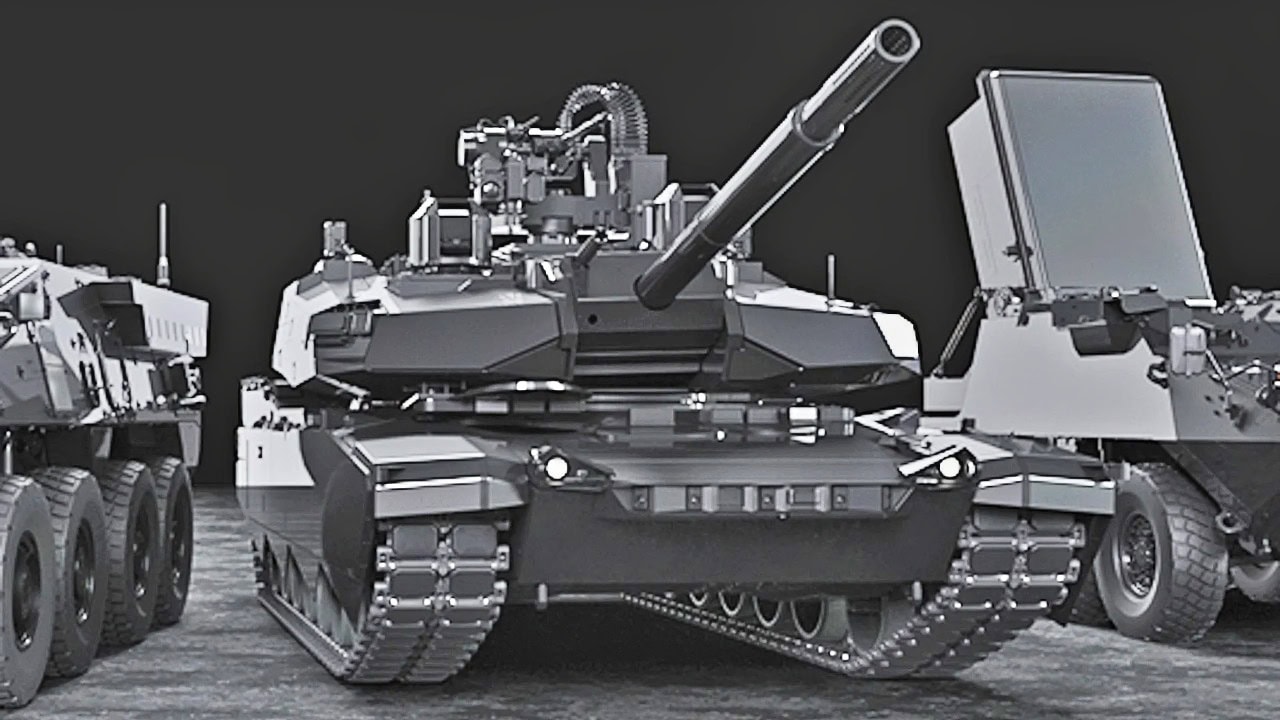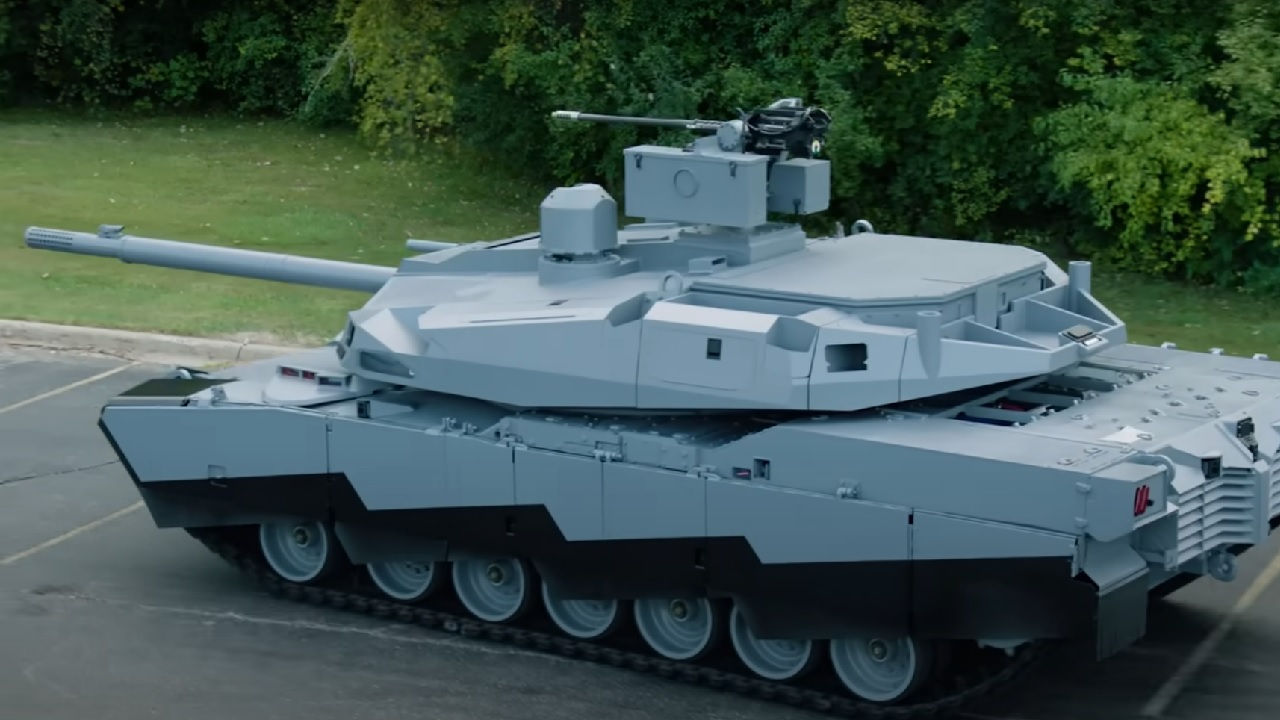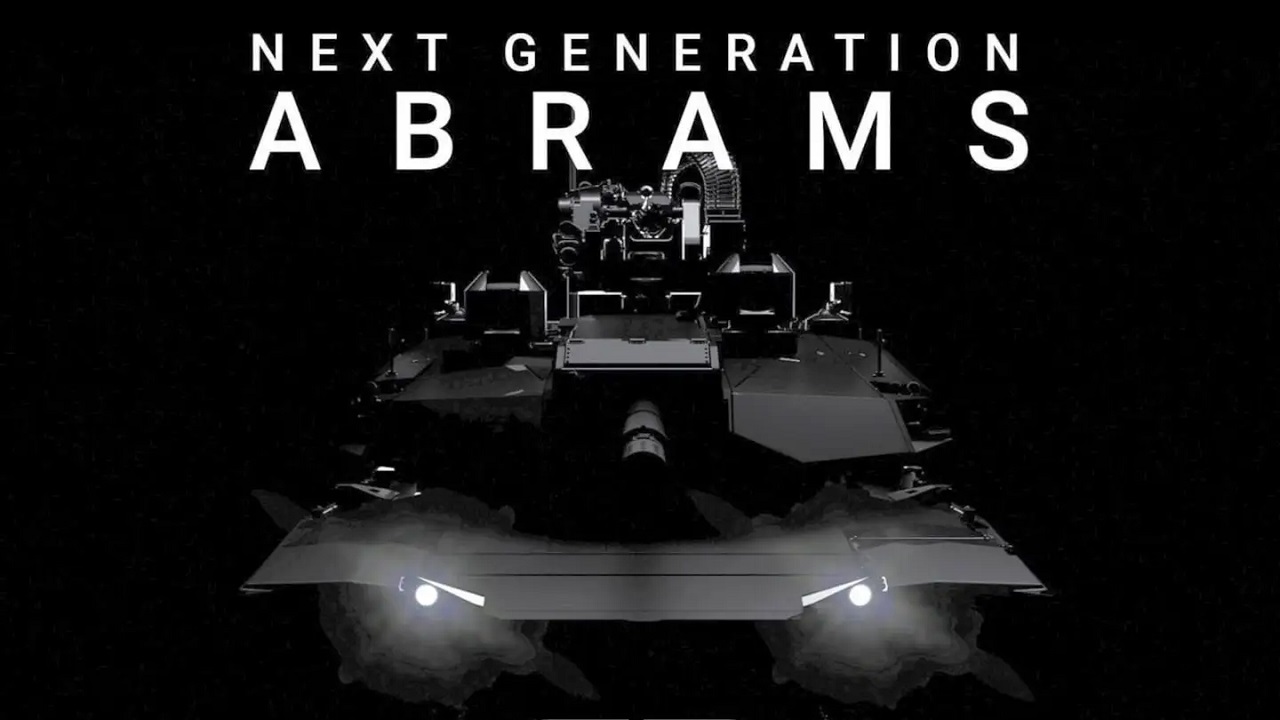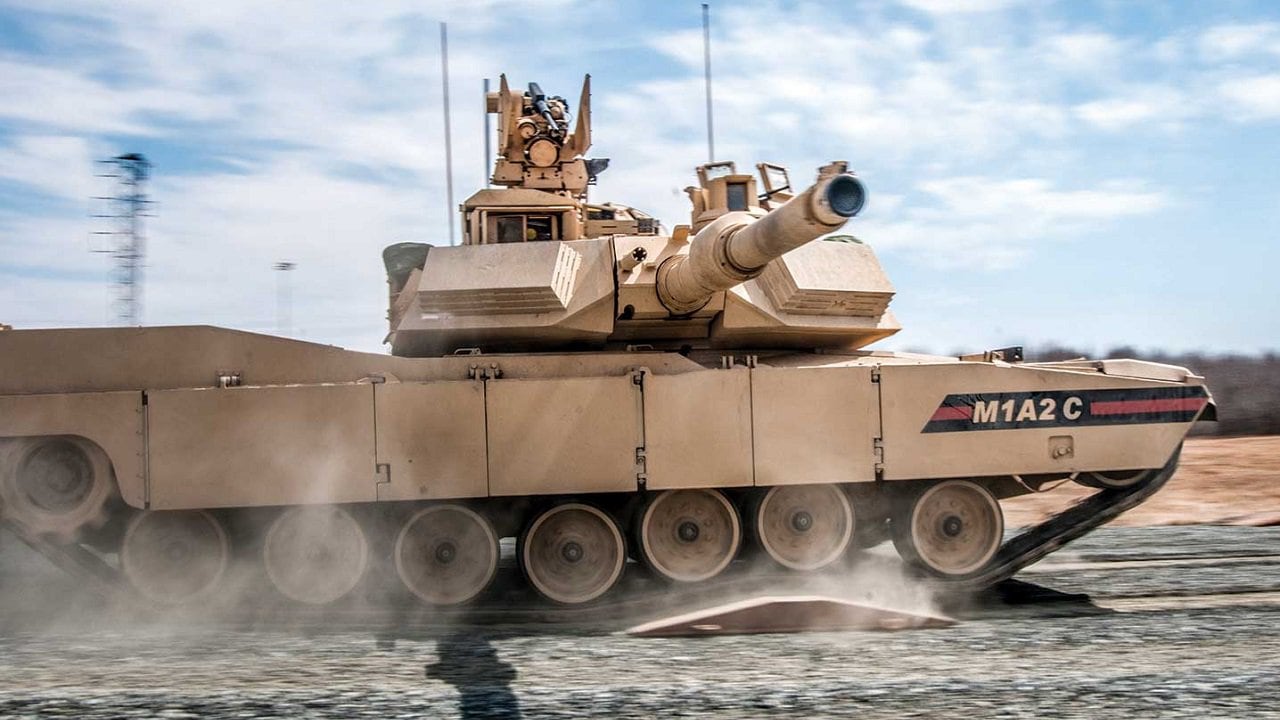Key Points: After 44 years of service, the M1 Abrams tank is nearing its limits due to increasing weight and evolving threats, prompting the US Army to cancel the planned SEPv4 upgrade.
-The Army Science Board concluded the M1 platform won’t dominate future battlefields.

AbramsX Tank. Image Credit: Creative Commons.
-As a potential successor, General Dynamics presents the AbramsX technology demonstrator: a lighter (~59 ton) tank featuring a fuel-efficient hybrid engine with “silent watch,” an unmanned turret with autoloader, AI targeting, and a three-person crew.
-While currently just a concept, the AbramsX showcases crucial technologies needed for next-generation armored vehicles to maintain an edge.
Abrams Tank Era Ending? Meet the Lighter, Smarter AbramsX Concept
The U.S. Army has relied on the M1 Abrams tank for 44 years. In that time, the Abrams established itself as the king of the battlefield.
The Abrams’s far superior range, effectiveness, and thermal imaging systems allowed U.S. crews to engage and destroy Iraqi T-72 tanks. Indeed, the Abrams tanks often attacked before the Iraqis could even see them. Their Soviet-built armor was simply outclassed.
The current M1A2SEPv3 variant of the M1 Abrams, which is in production until 2027, has improved lethality, survivability, reliability, and fuel efficiency over previous models. But each upgrade of the tank has added more weight, and the Abrams is nearing 80 tons. It is time to replace the iconic warhorse.
The Army Science Board Axes The M1A2SEPv4
The Army intended to continue upgrading the M1 Abrams with the SEPv4 package, but the service nixed that idea.
A report by the Army Science Board (ASB) concluded the M1 Abrams SEPv4 will not remain a dominant tank for long. The report cited the M1’s declining advantages in mobility, firepower, and protection against evolving threats, and the ASB recommended the development of a fifth generation of armored vehicles.
“Based on our findings, the M1 Abrams will not dominate the 2040 battlefield. All of the M1’s advantages in mobility, firepower, and protection are at risk,” the report found.
“The M1A2 SEP V3&4 upgrades will improve effectiveness but will not restore dominance. Near transparency in all domains will significantly increase the lethality our forces will experience. China and Russia have studied our forces and doctrine and are fielding countermeasures.

AbramsX. Image Credit: Screenshot.
“We will continue to be outnumbered, which is exacerbated by a low MBT operational readiness rate and an aging fleet.”
For now, the Army will continue to fund the M1 Abrams SEPv3 (System Enhancement Package Version 3) variant.
This tank includes advanced technologies such as enhanced infrared detection and a powerful 120-mm cannon. Its modular design will allow for the incorporation of new technologies as they become available.
Meet The AbramsX
The AbramsX, a next-generation main battle tank developed by General Dynamics Land Systems (GDLS), promises a significant leap forward in American armored warfare technology. It presents itself as a platform for integrating cutting-edge technologies into armored warfare. It will be less-armored and weigh 59 tons.
Its advanced capabilities will include a hybrid electric-diesel engine, artificial intelligence-driven targeting, and enhanced protection systems. The AbramsX will require a three-man crew, seated shoulder-to-shoulder in the front of the tank. The turret will be unmanned, with an autoloader loading the main gun.
This tank is planned to use a “silent watch” system, meaning the vehicles could operate at a forward location without emitting any thermal or acoustic signature that might compromise their position. Silent watch allows the sensors and electronics to operate without turning on the tank’s engine.

General Dynamics promo image of Abrams NextGen. This is before the name change the AbramsX.
At this stage, the AbramsX is still a tech demo by GDLS. The Army has ordered no prototypes as of yet. If the service cancels the program, it would deal a setback to the development and deployment of new technologies.
For instance, the hybrid engine promises greater fuel efficiency and reduced logistical burdens, while the AI-driven targeting system should improve battlefield awareness and decision-making. Cancellation could also have implications for the broader Next-Generation Combat Vehicle program.
Delaying the integration of these advanced technologies into the U.S. armored force might allow adversaries to close the technological gap with the United States.
Countries such as Russia and China are developing their own advanced tanks, such as the Russian T-14 Armata and China’s newest fourth-generation tank. Cancellation of the AbramsX might give them an opportunity to assert their dominance in armored warfare.
About the Author:
Steve Balestrieri is a 19FortyFive National Security Columnist. He served as a US Army Special Forces NCO and Warrant Officer. In addition to writing for 19FortyFive, he covers the NFL for PatsFans.com and is a member of the Pro Football Writers of America (PFWA). His work was regularly featured in many military publications

